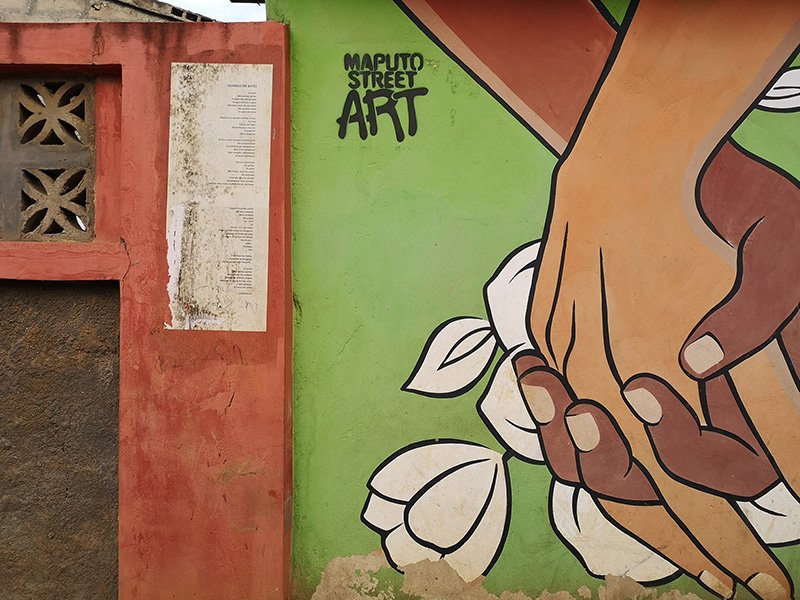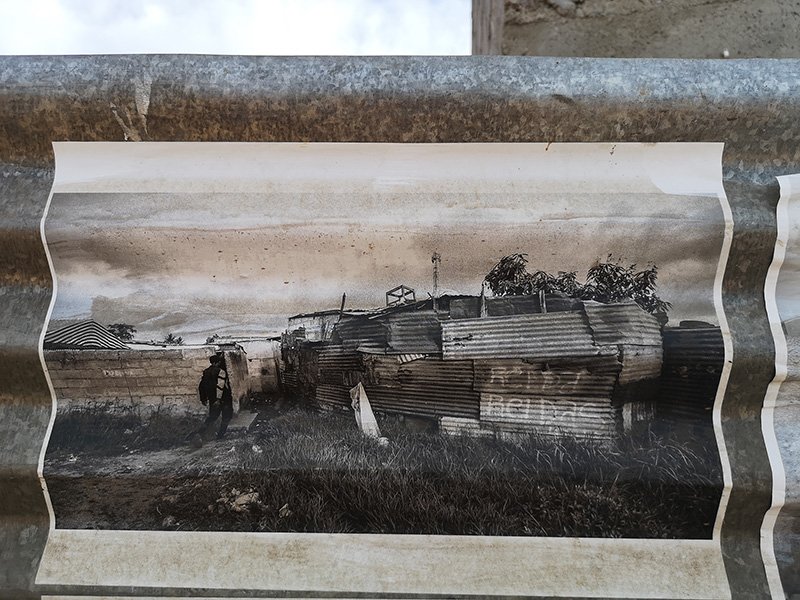Film & Photography

Film & Photography
Tulelosha (We are mourning) is my first film, which is currently in post-production and will be out in 2025. The film is set predominantly in Chieftainess Nkomeshya Mukamambo II’s Chongwe District, where I conducted research in the early 2000s. Tulelosha is about the Zambians, Tanzanians and Chinese who died in Zambia while building the TAZARA Railway in the 1960s and 70s. It traces the building of the new TAZARA Memorial Park in Chongwe District, as well as the relocation of Chinese graves from Mpika and Lusaka to the new memorial site. The film critiques the China-driven rhetoric of Zambia-China solidarity at the memorial. I argue that the memorial doesn’t sufficiently commemorate the Zambians who died, and the language of revolutionary friendship contradicts the fact that the site is largely inaccessible to everyday Zambians, despite being built on Zambian soil.
My second film is currently in process and has the working title, A burnt orange skirt and a silver tray. This is a personal and experimental film essay that traces my ancestors on St. Helena Island in the South Atlantic. The film re-imagines genealogies from a feminist perspective and it explores spiritually-led guidance as a research methodology. The two main characters in the film are Ma Frances, my fourth great-grandmother who was enslaved by the British East India Company, and her first child, Sophia. The two actors are both “Saints” from the island – Sandra George who plays Ma Frances, and Erin Wade who plays Sophia.
Photography is an integral part of my research process, especially when I engage with public art, street art, festivals and live art. I have photographed numerous annual cultural festivals all across Zambia (2021-2027), as well the Infecting the City performance art programme in Cape Town, South Africa; the Chale Wote Street Art Festival in Jamestown, Ghana; and various events at the South African National Arts Festival in Makhanda. I have photographed the live art of Maurice Mbikayi (DRC/South Africa), Athi-Patra Ruga (South Africa), Doung Anwar Jahangeer (Mauritius/South Africa), Hua Jiming (China), Viwe Madinda (South Africa), Youchaou Kiffouly (Benin), Kresiah Mukwazhi (Zimbabwe) and Serge Attukwei Clottey (Ghana).
Tulelosha (We are mourning). A feature-length documentary film set in Zambia and Tanzania. Director and Producer: Ruth Simbao; Editor: Khalid Shamis; Assistant Editors: Siphokazi Gwampi and Dinah Arnott; Videographers: Amin Gray, Moses Musa and Ruth Simbao; Photographers: Ruth Simbao and Amin Gray. Drone Footage: Anthony Kawimbe. All images © Ruth Simbao. Please do not use images without written permission.

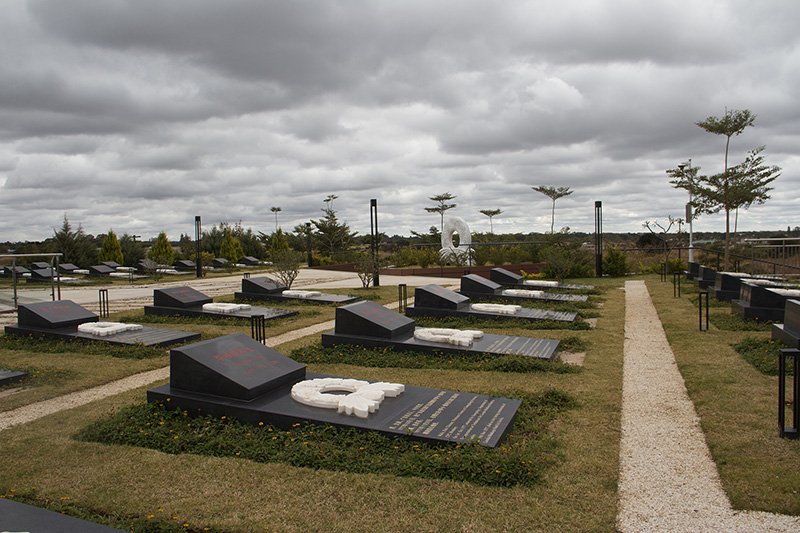

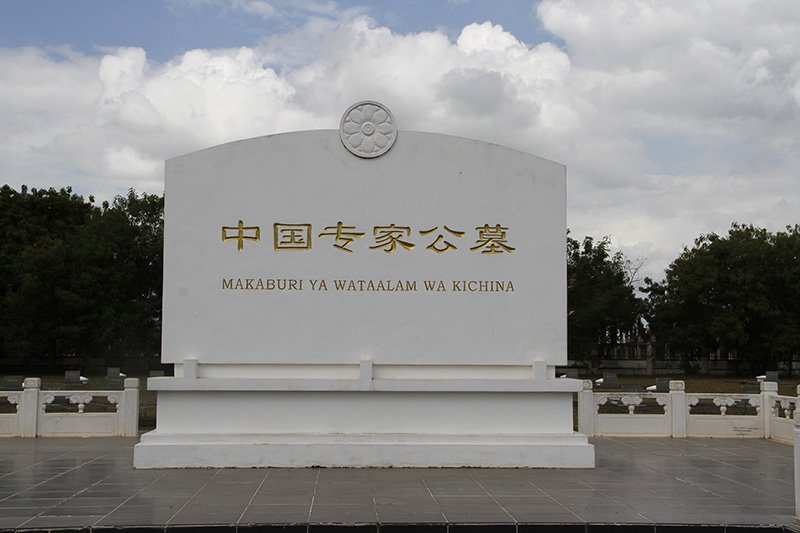




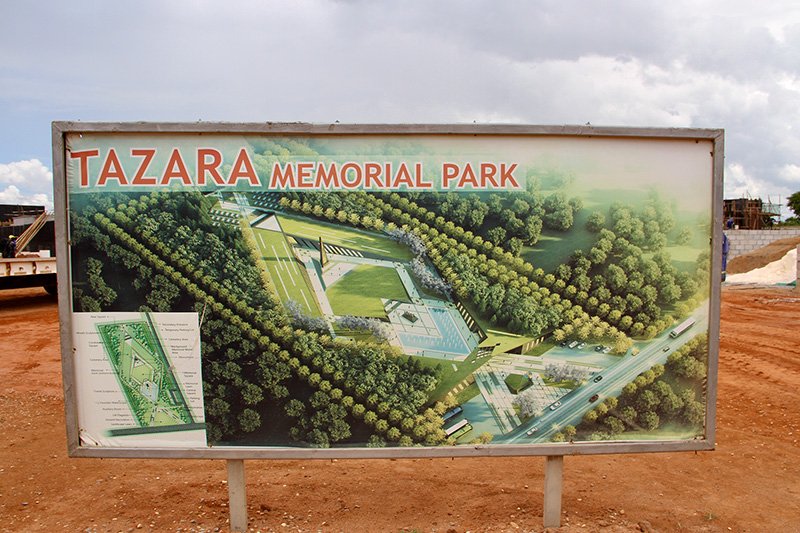
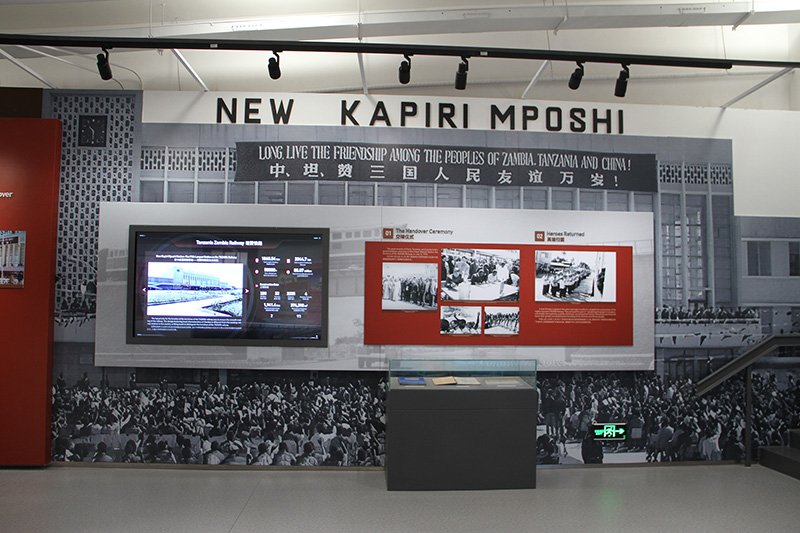
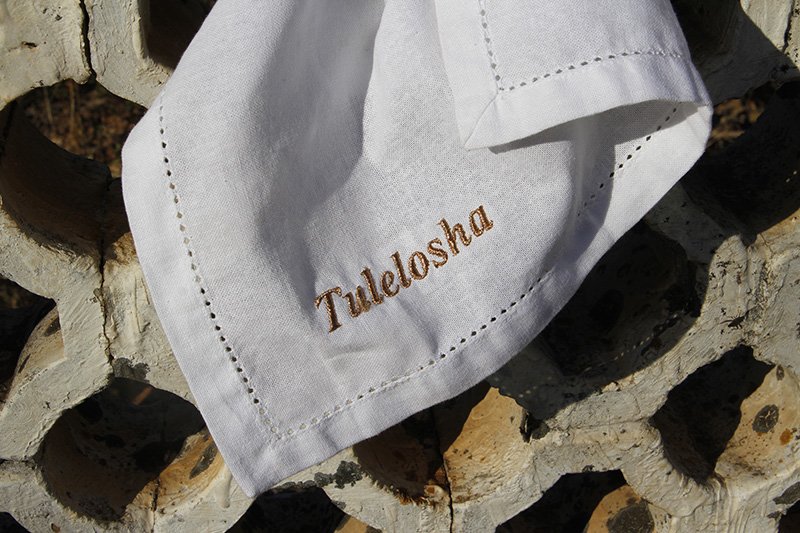

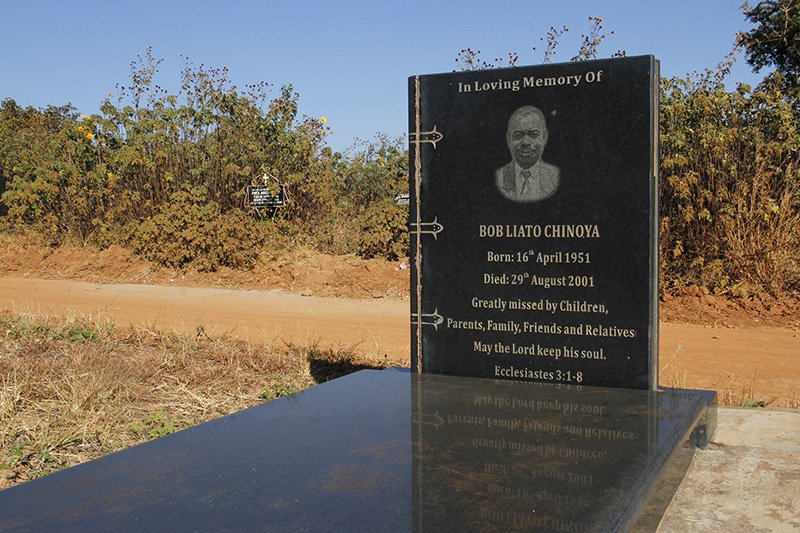
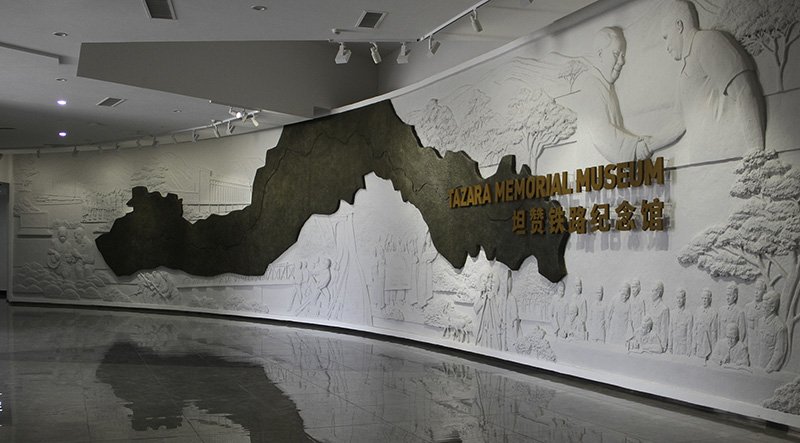





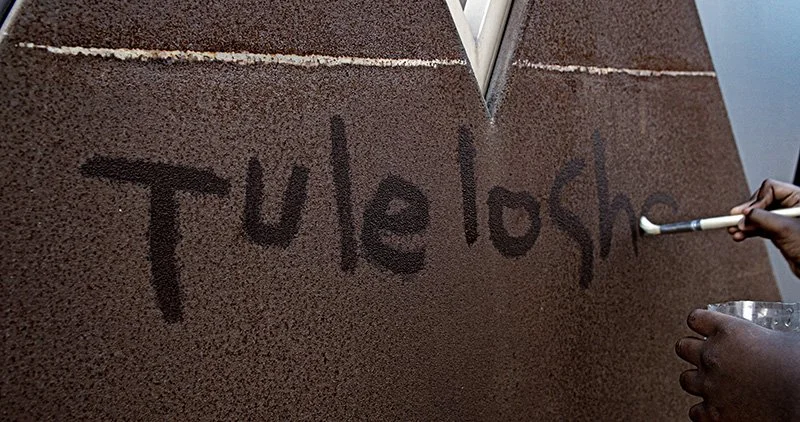
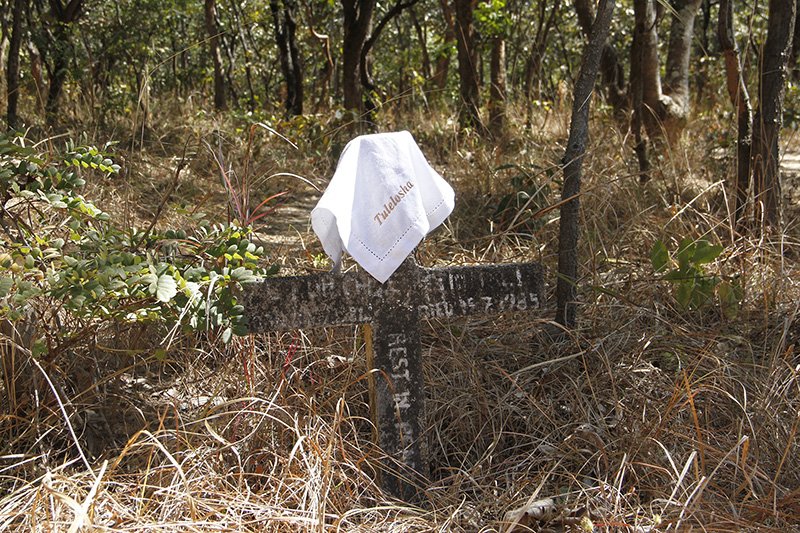
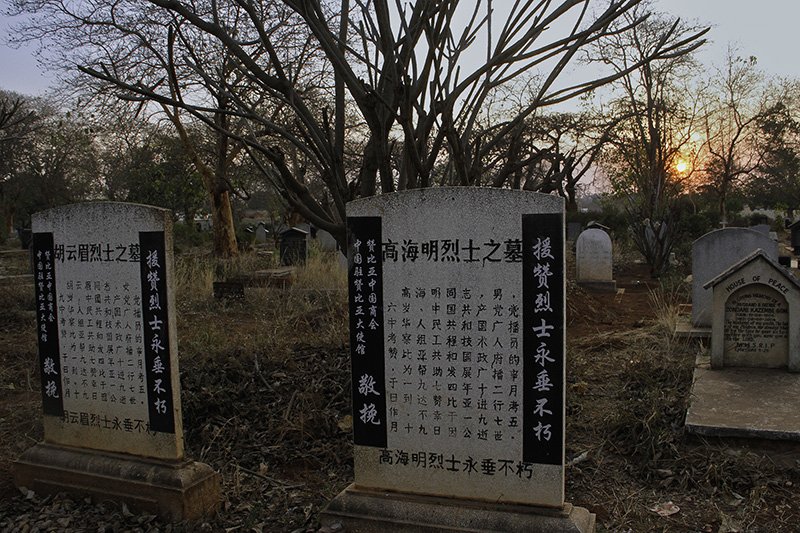
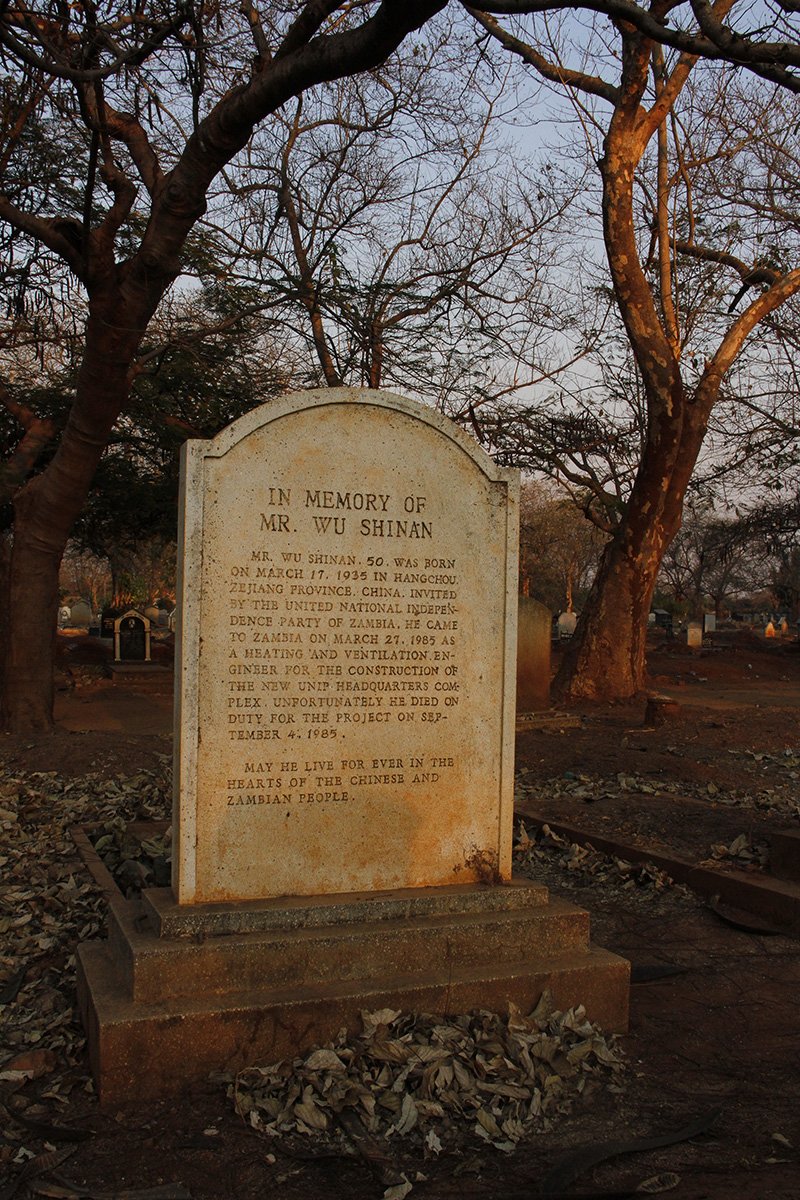

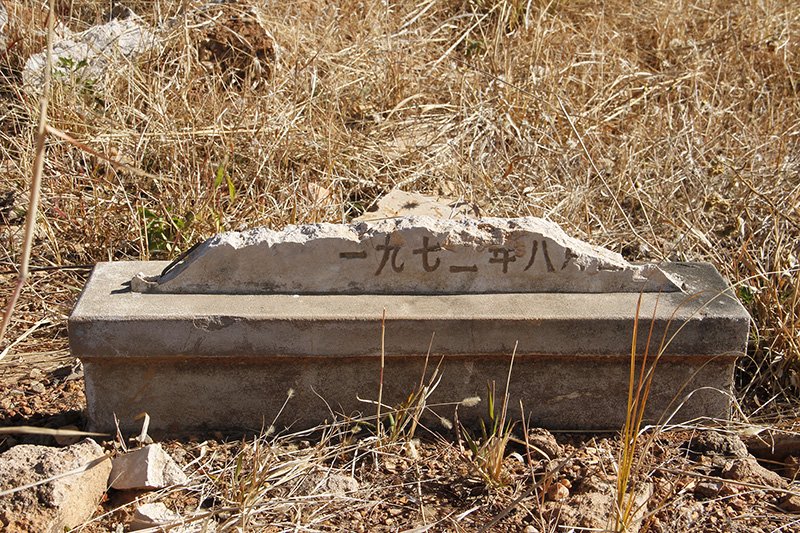
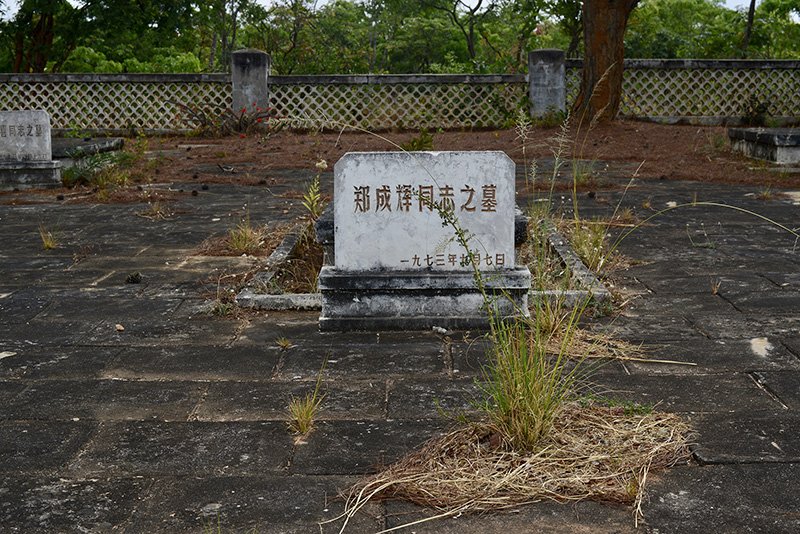
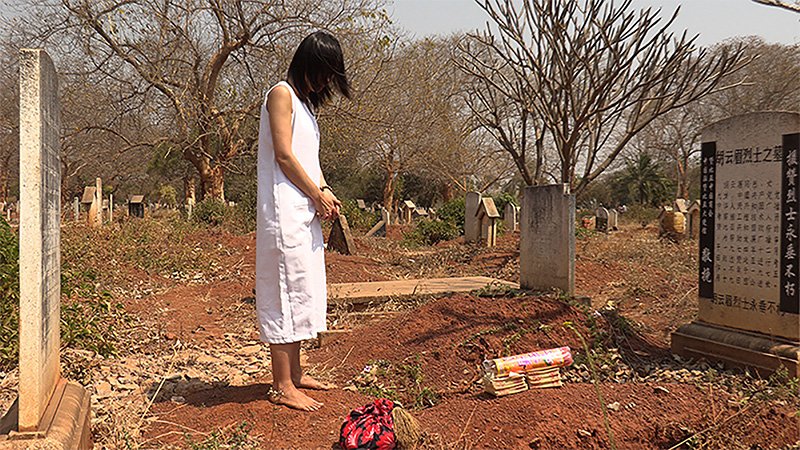
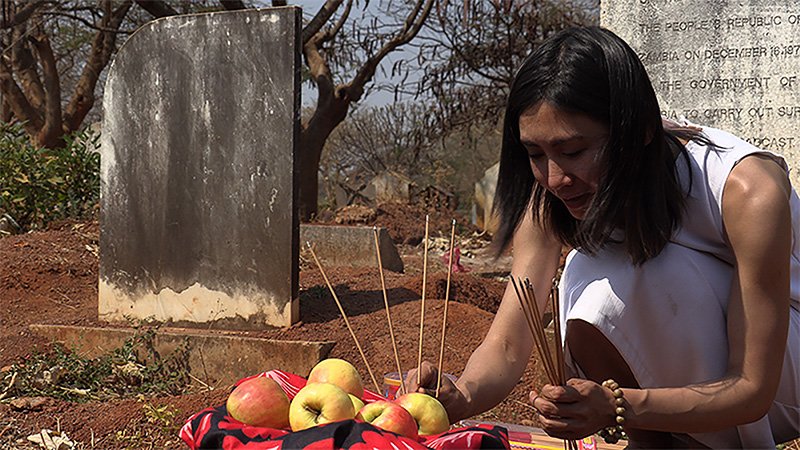

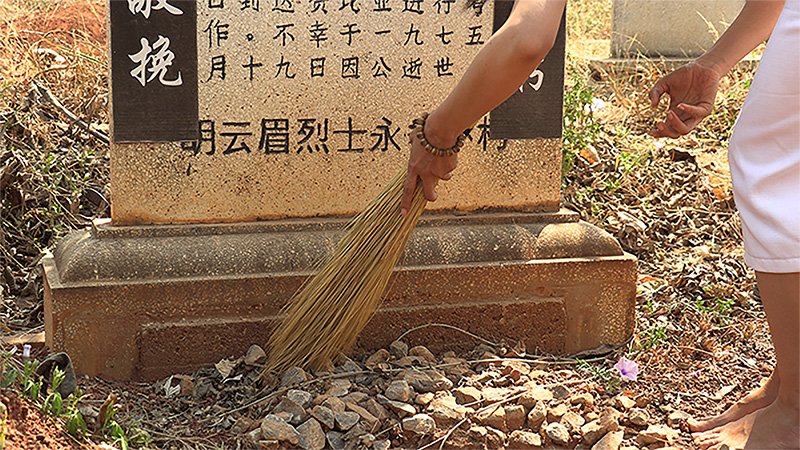


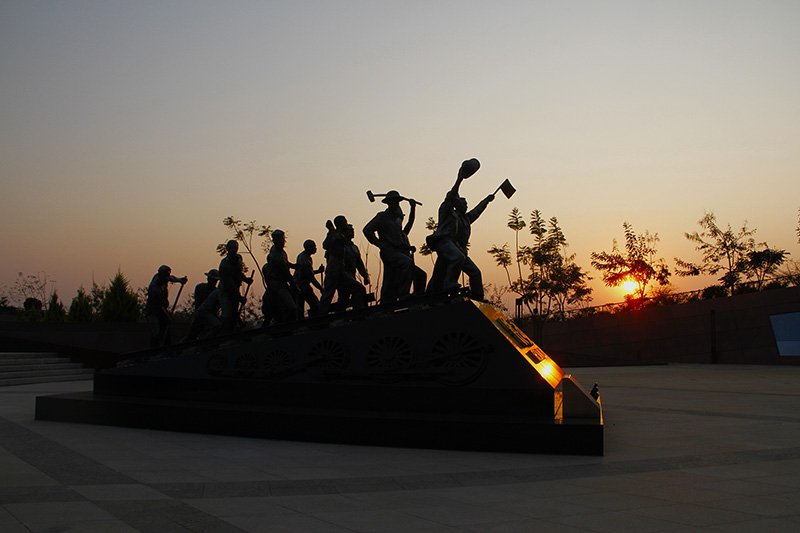
A burnt orange skirt and a silver tray. Experimental film essay in process, filmed on St. Helena Island in the South Atlantic. Director and Producer: Ruth Simbao. Videographer: Amin Gray. Photographer: Ruth Simbao. All images © Ruth Simbao. Please do not use images without written permission.



















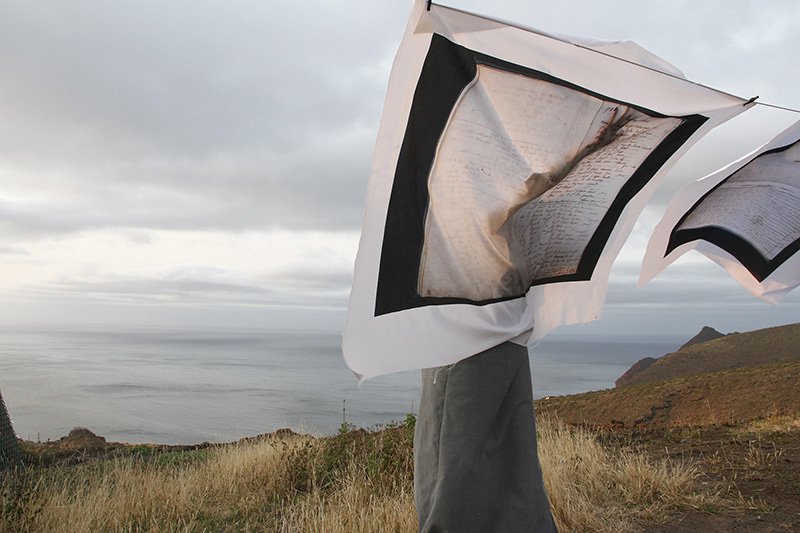














In 2011, Cape Town-based artist from the DRC, Maurice Mbikayi, created the public performance Intersections for the inaugural Arts Lounge Africa event in Makhanda curated by Ruth Simbao and her research team. Performed on horseback, this live art grappled with notions of trauma and pain caused by migration and xenophobia. See forthcoming book chapter, “A trickster meeting at dividing points: Maurice Mbikayi’s Intersections” in Audacious Art Histories. All photographs by Ruth Simbao. Please do not use images without written permission.











As part of the 2012 Making Way exhibition created by Ruth Simbao, Athi-Patra Ruga performed the live art piece, Performance Obscura/Future White Woman of Azania on the streets of Makhanda. Initially conceived in collaboration with the photographer Mikhael Subotzky, photographs were going to be taken of Athi from the projected image of the 19th century camera obscura on Bathurst Street in Makhanda. However, due to unforeseen circumstances and various slippages, the performance took on a life of its own on the streets below the camera obscura tower. See the forthcoming book chapter, “Relishing in the refusal of sight, viewing failure as delight: Athi-Patra Ruga’s Performance obscura/Future white woman of Azania” in Audacious Art Histories. All photographs by Ruth Simbao. Please do not use images without written permission. Video of Performance Obscura.




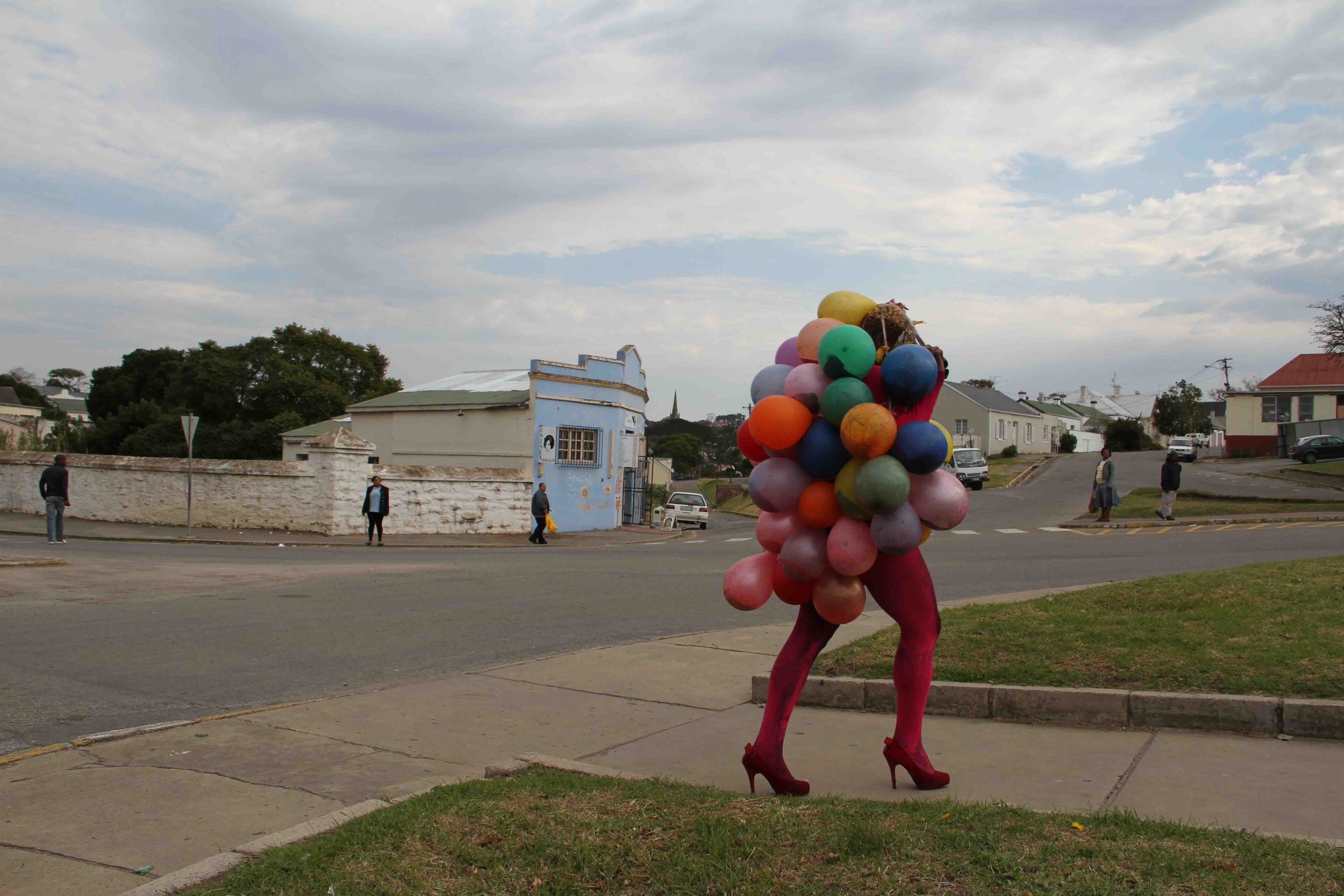











Doung Anwar Jahangeer, created the public intervention, The Other Side with the Matebese Family for the Making Way exhibition curated by Ruth Simbao in 2012. The intervention took place at the public statue, The Settler Family sculpted by Ivan Mitford-Barbeton in 1969, which stands outside the 1820 Settlers National Monument in Makhanda. Employing red clay often used in Indigenous rituals and cosmetics, he painted the skin of the settler family, which includes a father (who clutches an enormous Bible), a mother and a daughter. In doing so, Jahangeer questions the exaltation of the settlers and their religion on this high pedestal, and in a restorative gesture he symbolically “Africanises” the residents of this Eastern Cape town. All photographs by Ruth Simbao. Please do not use images without written permission. Video of The Other Side with the Matebese Family.





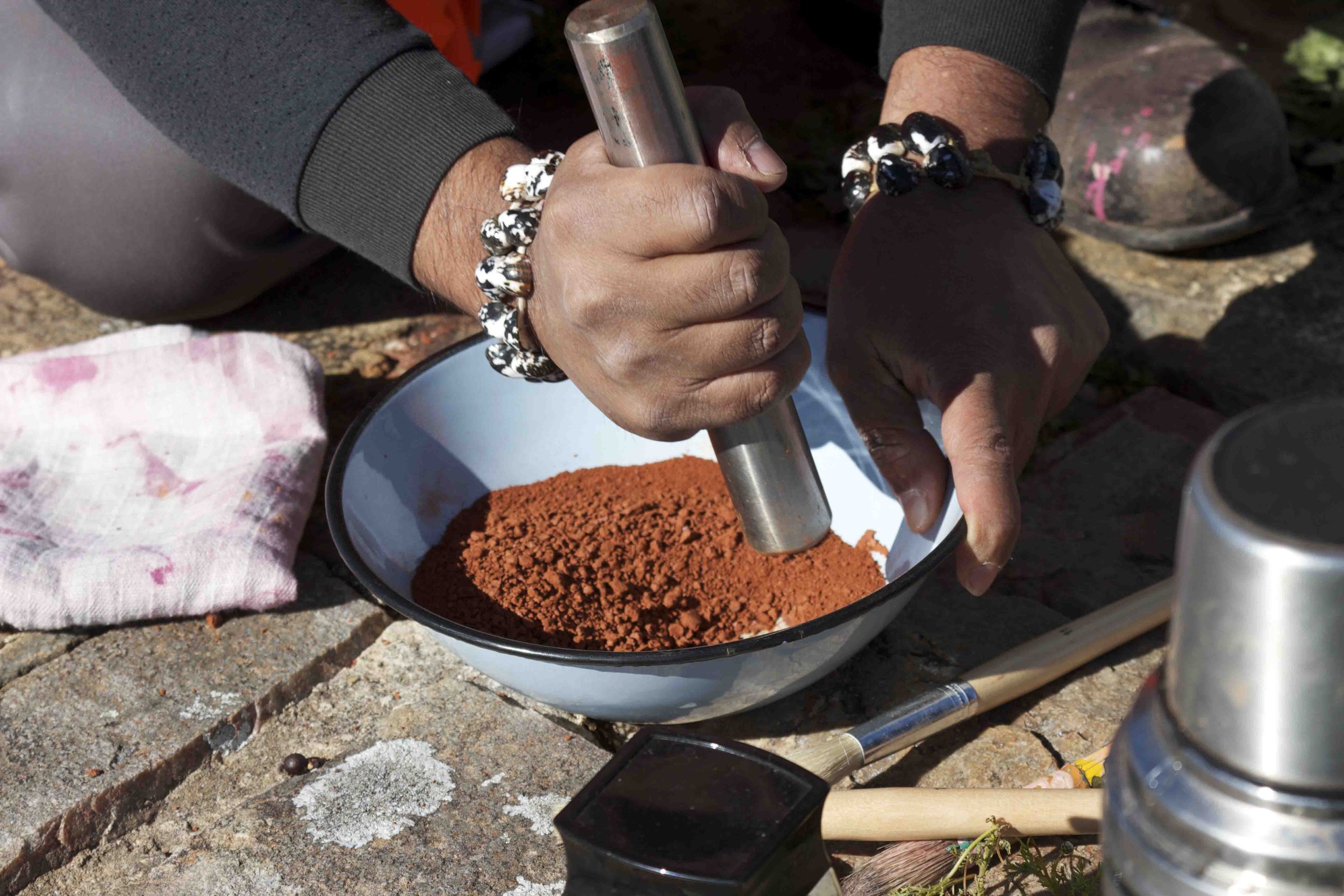







For her exhibition, Between Land and a Raised Foot curated by Ruth Simbao in 2022, and as part of her RAW residency, Thania Petersen produced the outdoor installation, Ziyarat. The installation was designed with the help of the artist’s father, Bienjamin Petersen. The word ziyarat refers to a form of pilgrimage to holy sites or shrines, and the installation existed of a series of black wooden boxes that housed hand-made musical components. Installed on the side of Gunfire Hill, just below the 1820 Settlers National Monument, the installation created a sound as the wind blew. Marking the sound in an ephemeral way, the sound was tuned to the Arabic maqam bayati, which is a tone or a mode associated with the adhan, the Muslim call to prayer. See forthcoming article, “Between Land and a Raised Foot: Thania Petersen Stands Her Ground” in Art Journal (Spring 2025). All photographs by Ruth Simbao. Please do not use without permission.




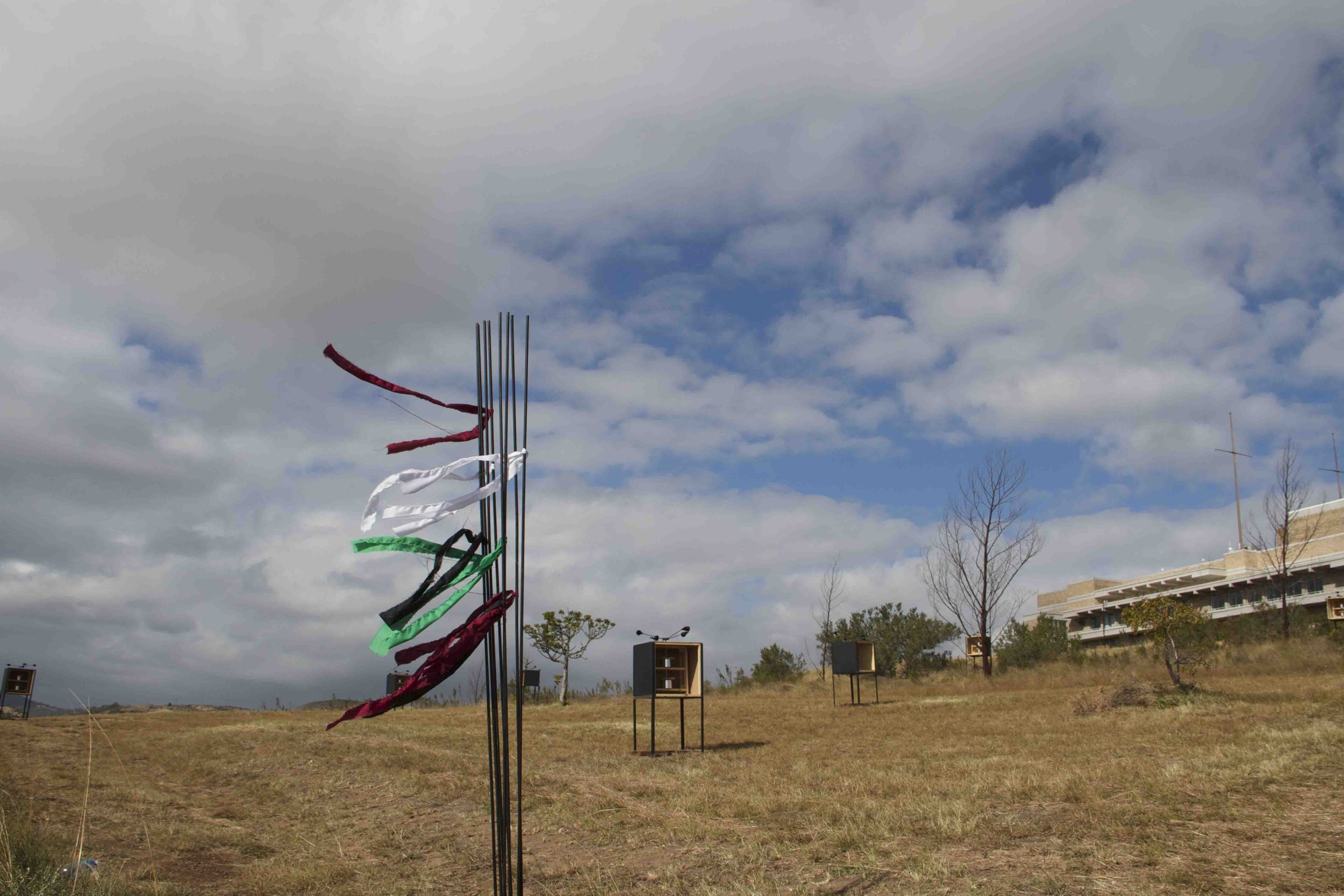

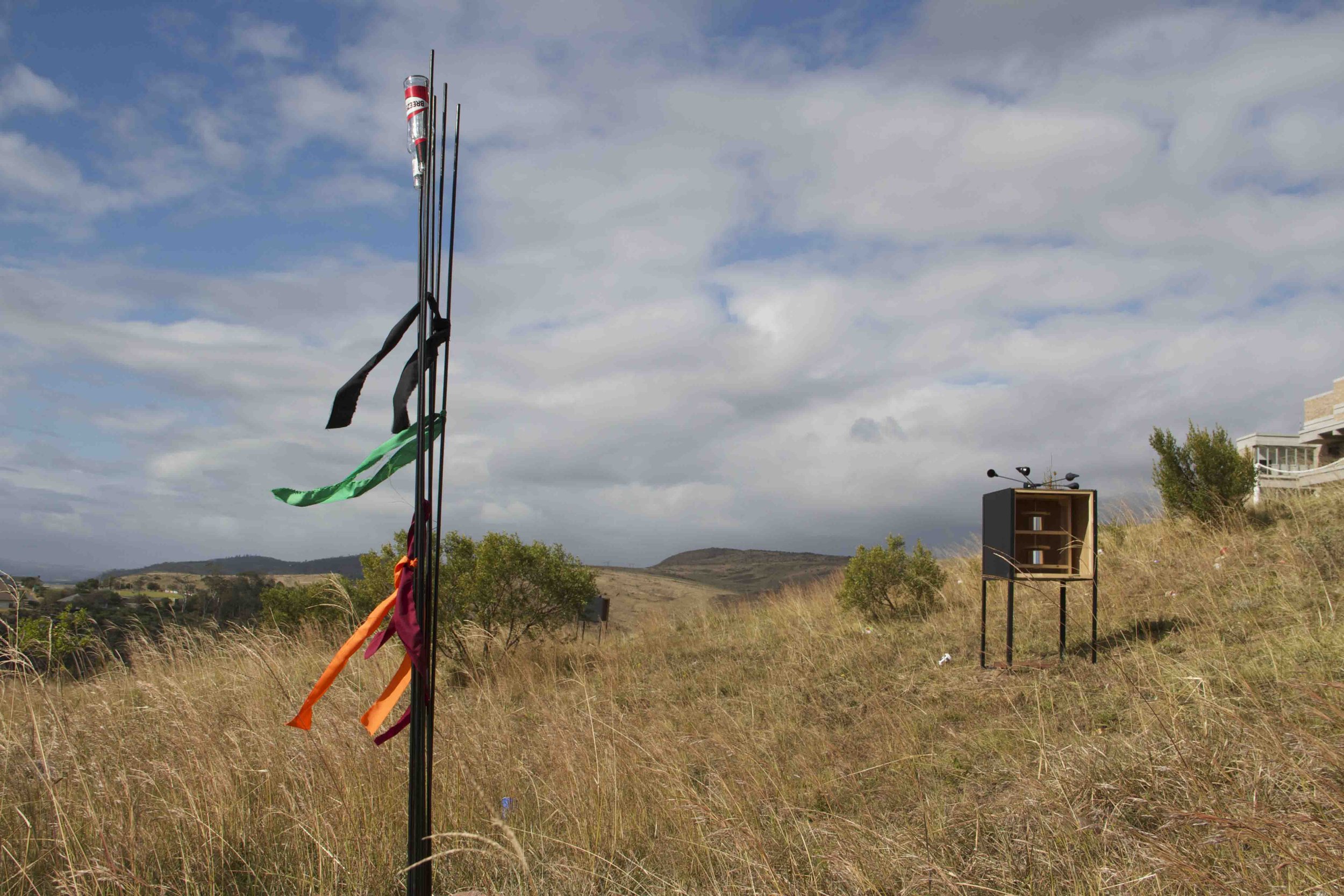






Following her RAW residency, Harare-based artist Kresiah Mukwazhi created the live art piece Summoned from Luzira, at the RAW Spot Gallery in 2022. In this work, Mukwazhi grappled with the #MeToo movement that impacted the lives of many at Rhodes University. The artist was inspired by the story of Stella Nyanzi, an activist, academic and poet from Uganda who was arrested in 2017 when she wrote a poem that insulted the president of Uganda. Mukwazhi engaged with and channeled the radical energy of Dr Nyanzi so that Nyanzi’s energy could play a role in the process of decolonizing the minds of young people on campus. See forthcoming book chapter by Ruth Simbao, Shana Ellappa and Kresiah Mukwazi, “Visual Activism and Collective Acts of Care: Kresiah Mukwazhi’s Healing Protest” in Audacious Art Histories. Photographs by Ruth Simbao and Barnabas Muvhuti. Please do not use images without written permission.







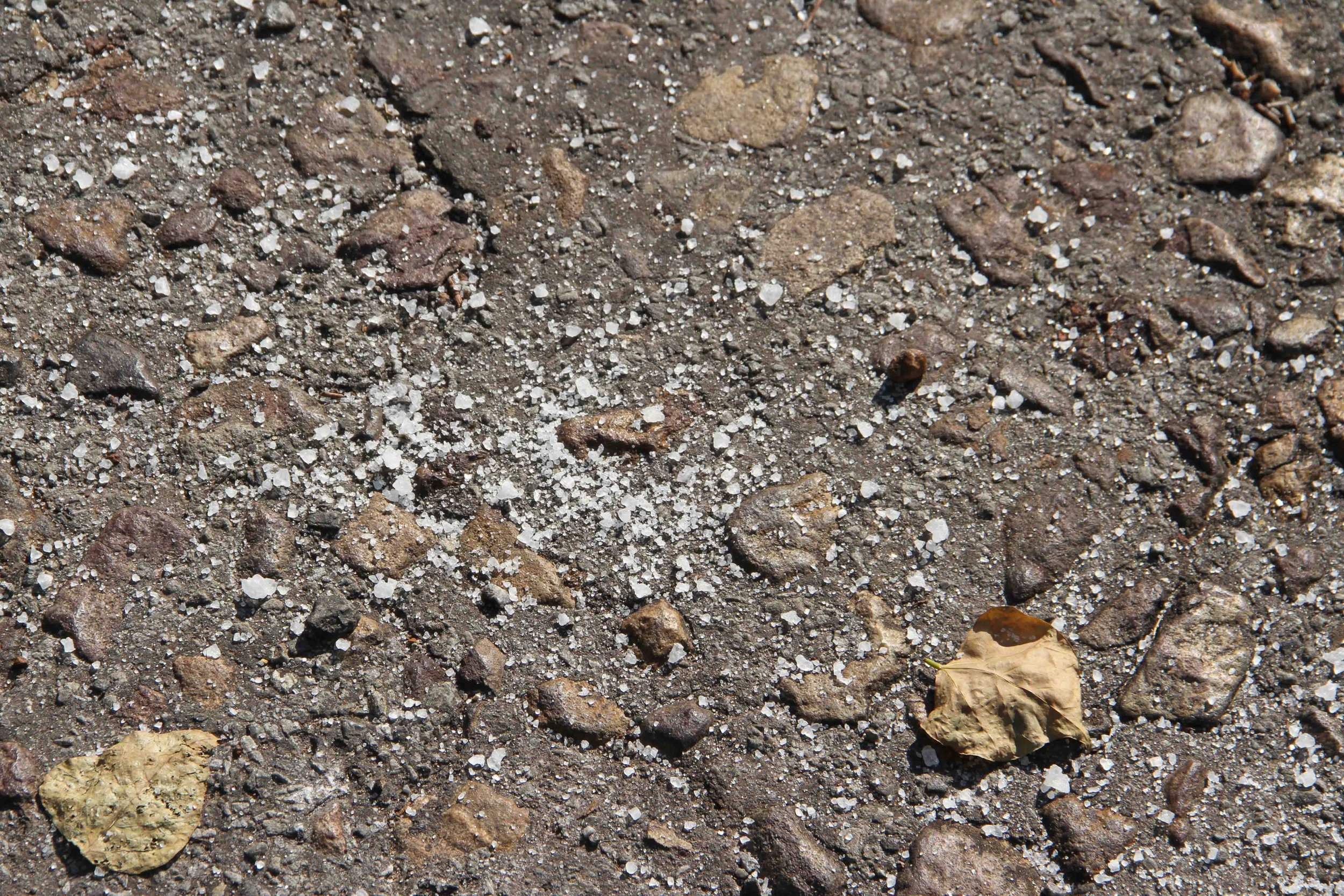


In 2018, I attended the Chale Wote street festival in Accra, Ghana and photographed Youchaou Kiffouly’s live art contribution titled 7th Continent, which took place at Ussher Fort in Jamestown. Living in the Republic of Benin, Kiffouly witnesses the impact of the crude oil disaster in the Niger Delta, for not only does Benin share a 780 km border with Nigeria, but it is also a place where oil bunkering occurs. Beninese people buy fuel in Nigeria to sell in Benin, and while the sale of black market fuel has created an important source of employment and has met a petroleum need, this work has been criminalised, adding to its danger. In both Nigeria and Benin, the West’s oil extraction and plundering of the environment has resulted in poverty and hunger, as well as local government corruption and violence. See the forthcoming book chapter, “Youchaou Kiffouly’s 7th Continent: Site-Situational Performance at Ussher Fort, Ghana”, which I co-authored with Olusegun Titus for Audacious Art Histories. All photographs by Ruth Simbao. Please do not use images without written permission.

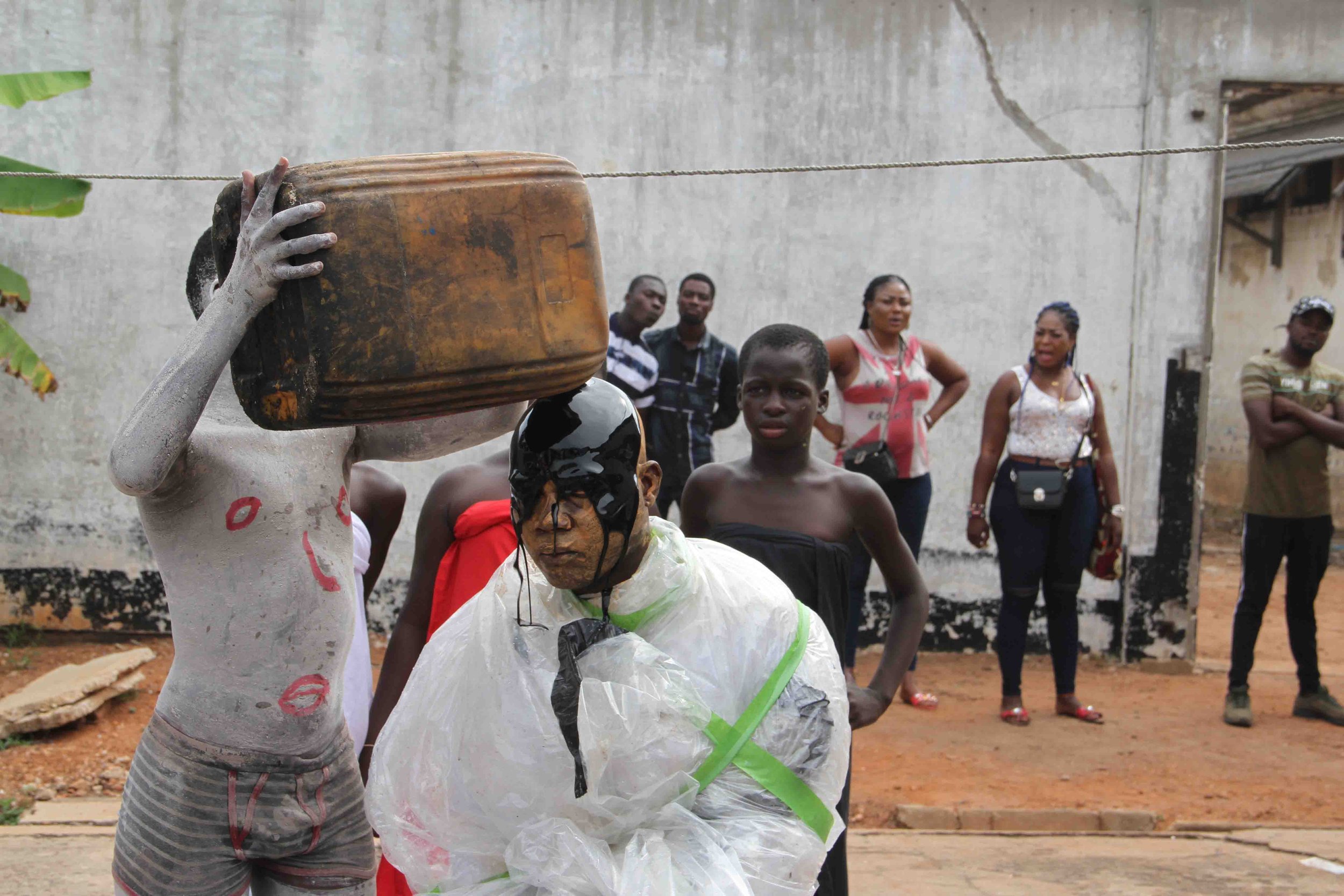



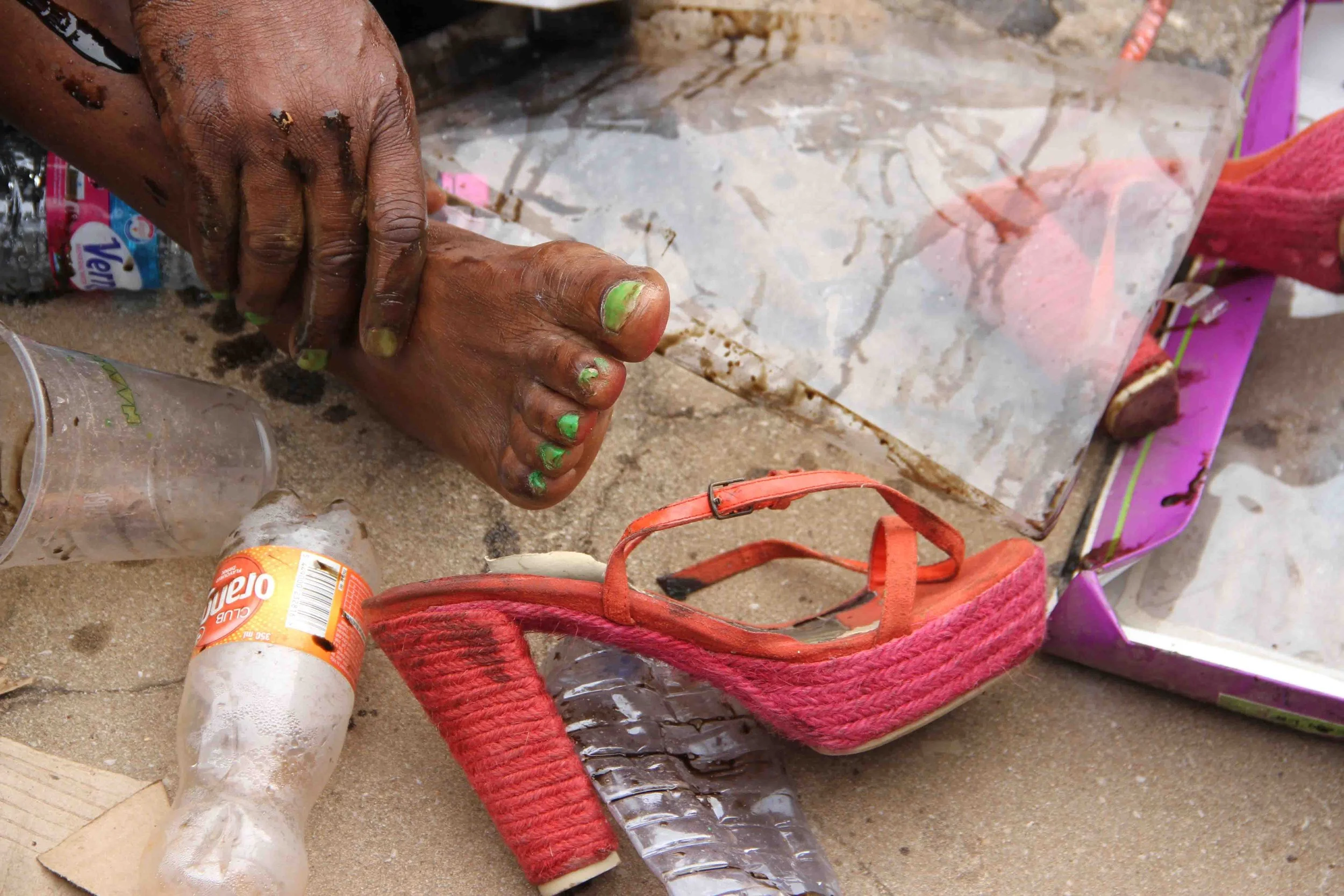



In 2019, Viwe Madinda performed Kwathi Kaloku Ngantsomi outside the RAW Spot Gallery as part of our Arts Lounge Africa participation in the National Arts Festival. Performed with her mother, Kwathi Kaloku Ngantsomi is about Viwe’s personal journey from eJoza in Makhanda East to Rhodes University on the other side of town. Having grown up with Christianity and having attended an English-medium school, Viwe felt disconnected from her Xhosa traditions and faced an identity crisis during the Rhodes Must Fall student protests. She later experienced a calling from her spirit guides, urging her to learn more about her ancestral heritage. During this performance, the guide uNkwenkwezi offered guidance and direction through the chalk compass that was drawn on the ground. See the forthcoming book chapter, Ukuhamba. Ihambo: Viwe Madinda’s Performance Kwathi ke kaloku ngantsomi, co-authored by Viwe Madinda, Rachel Misiwe Madinda and Ruth Simbao in Audacious Art Histories. All photographs by Ruth Simbao. Please do not use images without written permission.











In November 2019, Jelili Atiku performed Enítere Èjitere (One by one) at the Institute for African and Diaspora Studies at the University of Lagos. This was part of Simbao’s Geopolitics and the Arts of Africa collaboration with UNILAG and the PROSPA Publishing Workshop, and was co-organised with Ganiyu Jimoh. Performing at his alma mater and the site where he created his first performance, Atiku pushed his audience to question our connections with our roots, as well as the relevance of our places of learning and the need to unlearn. Grappling with memory and the body as archive, he used his own body to register the need for all universities, including UNILAG (his alma mater), to decolonise. All photographs by Ruth Simbao. Please do not use images without written permission.





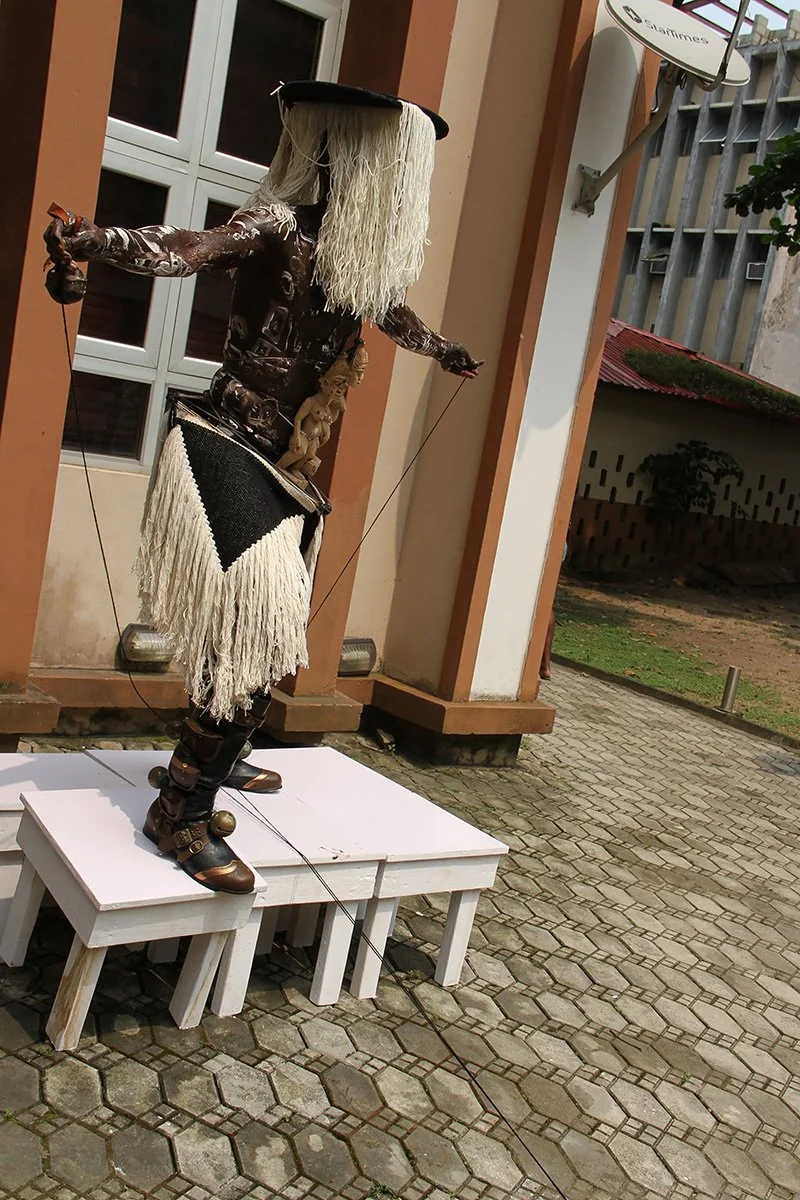
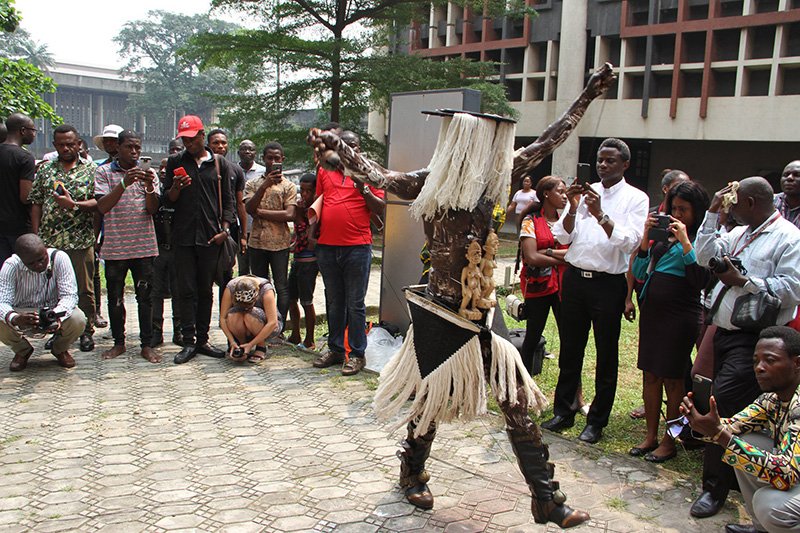









In 2018, I photographed the Chale Wote street festival in Jamestown, Accra. While the main pedestrian route of Chale Wote turns into a vibrant street party for two days, there are numerous detours that open up the history of Jamestown. Walking becomes the evocative mechanism for shedding light on this history and for igniting public space. Days ahead of the main Chale Wote events, organisers hold a procession through town with local chiefs and priests. This Day of Remembering acknowledges the historical and spiritual context of Jamestown and seeks blessings from the local community and the ancestral spirits. Prayers are offered at the gate of the ancestral home Sempe Mantse We, and during a slow, meditative walk to Brazil House, libations of gin are offered at each intersection. The chief from Otublohum joins the procession to Brazil House, and the Nai Priest who oversees the protection of the ocean, further invokes the presence of the spirits through libations and prayers. See Ruth Simbao, “Igniting public space at the Chale Wote street art festival in Accra” (Conversation Africa). All photographs © Ruth Simbao. Please do not use images without written permission.








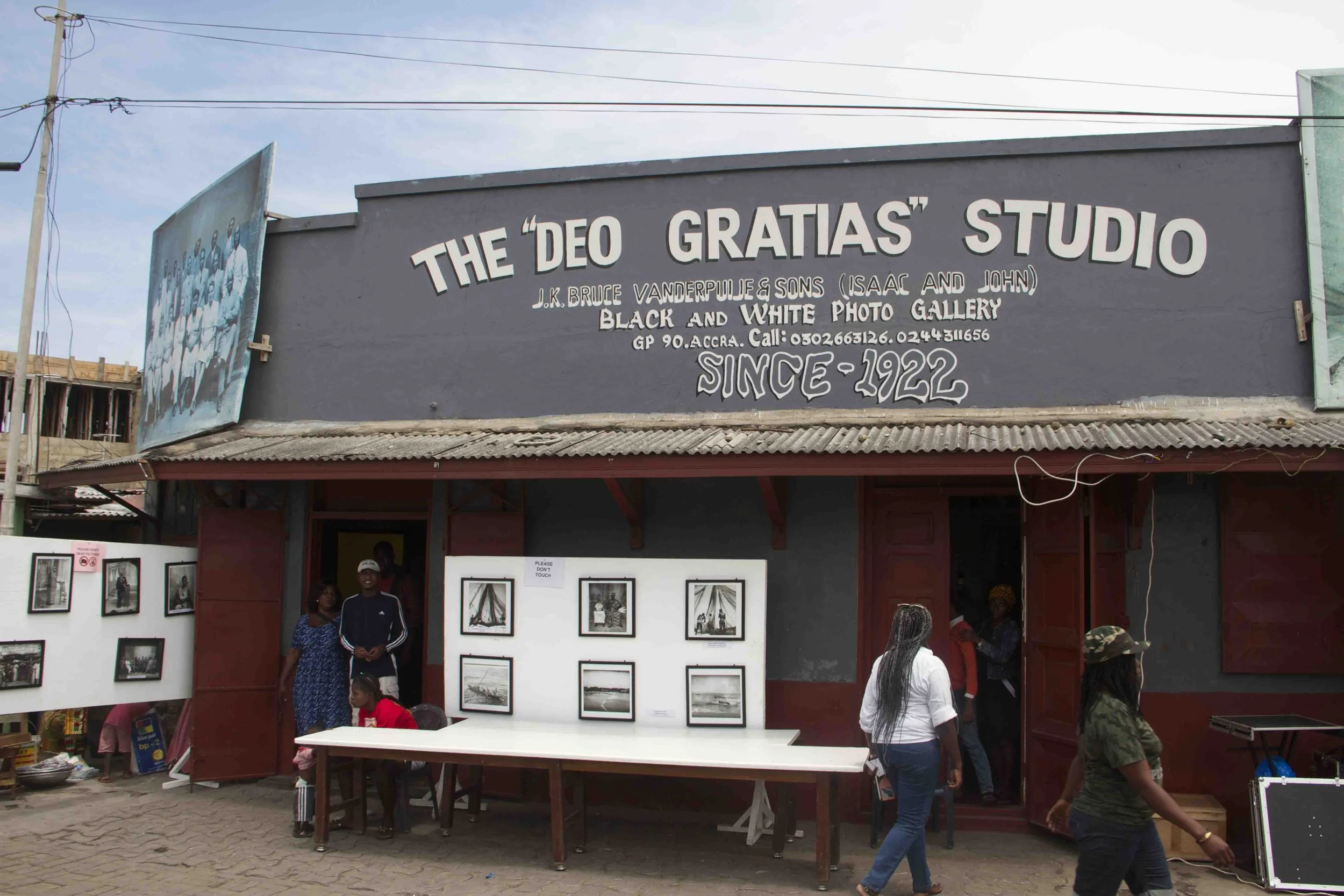




















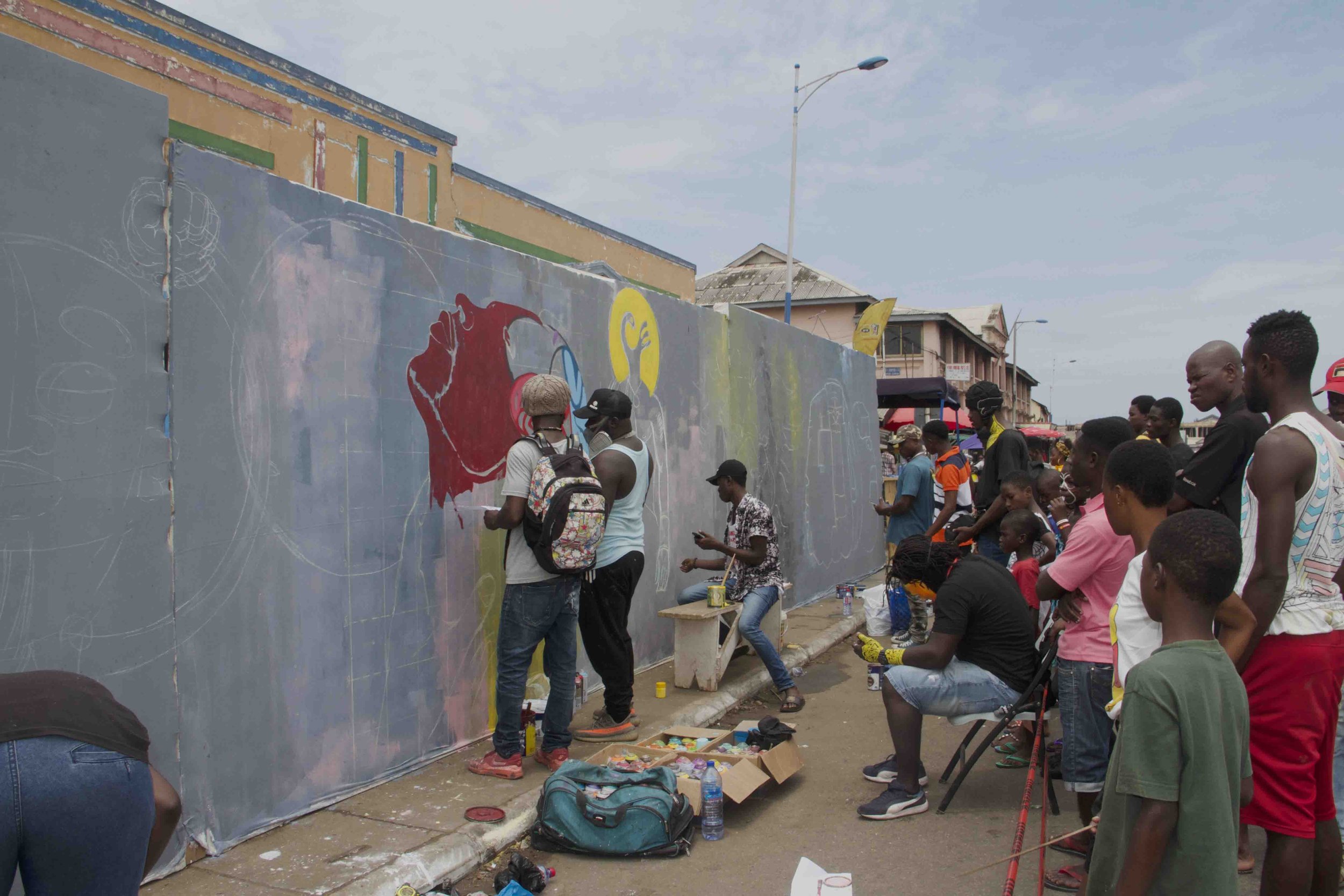



The outdoor public installation, La 360, took place at the family home of artist Serge Attukwei Clottey in the town of Labadi in Ghana. Labadi, also known as La, sits between Osu and Teshi in Accra. His artworks, created from pieces of yellow jerrycans stitched together with wire, draped the streets and buildings of his community. In many ways, his work is a process of walking with Labadi. Resonating with my idea of “cosmolocal orientation”, the artist explained to me in an interview, “Usually, before I show the work abroad, I show the work locally. No matter where it goes, I have an open studio and exhibition for viewers to see the work before it travels. That’s how I interact”. See my forthcoming chapter, “A cosmolocal walk with Labadi: Serge Attukwei Clottey and GoLokal” in Audacious Art Histories. All photographs by Ruth Simbao. Please do not use images without written permission.












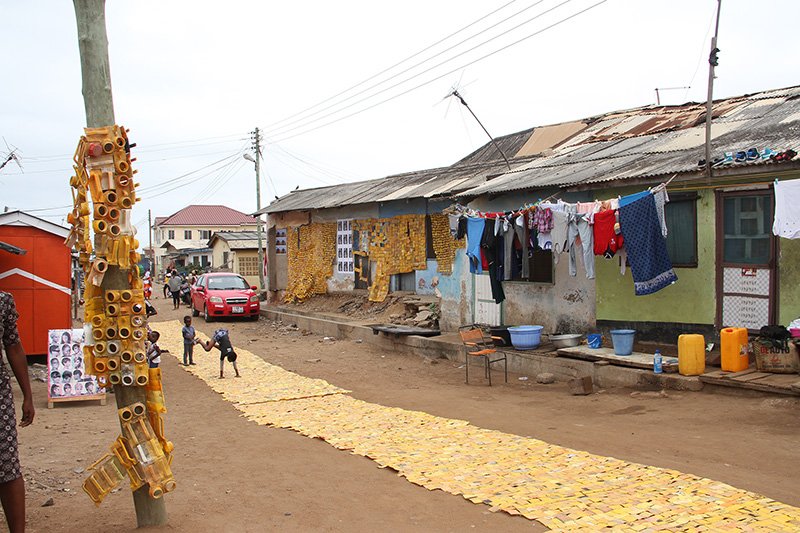











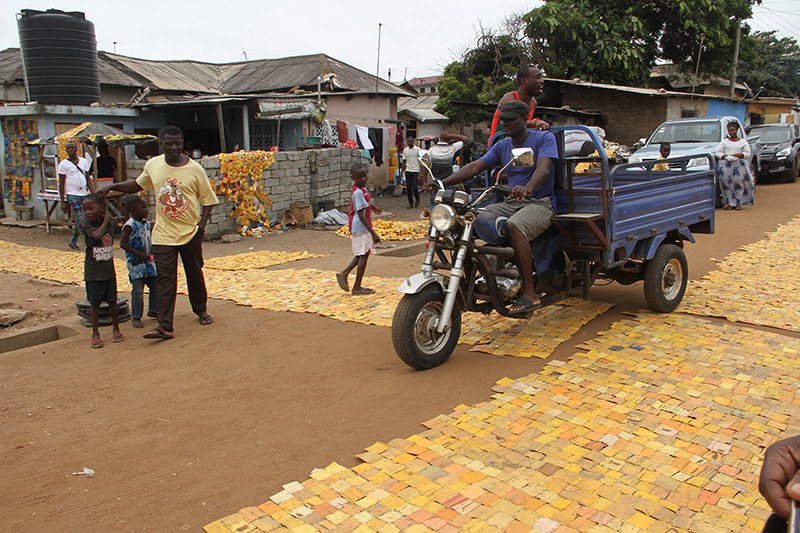


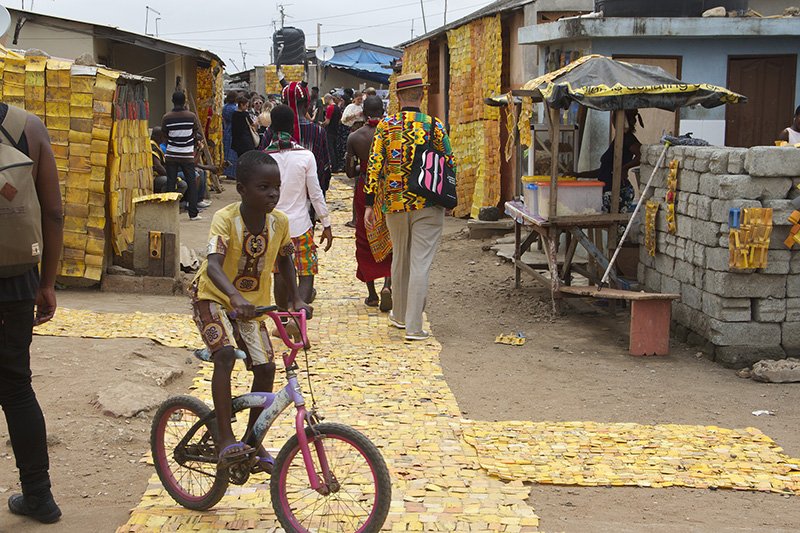
As part of the La 360 public installation, Serge Attukwei Clottey created a performance with the collaboration of his collective GoLokal. This contemporary art performance draws from the traditional Homowo festival that involves processions of specific Gã clans in Labadi, Teshi, Osu, Ga-Mashie, Tema, and Prampram. Homowo means “hooting at hunger” or “ridiculing hunger”, and the festival celebrates the historic legend about the migration of the Gã people and how they overcame hunger. See my forthcoming chapter, “A cosmolocal walk with Labadi: Serge Attukwei Clottey and GoLokal” in Audacious Art Histories. All photographs by Ruth Simbao. Please do not use images without written permission.






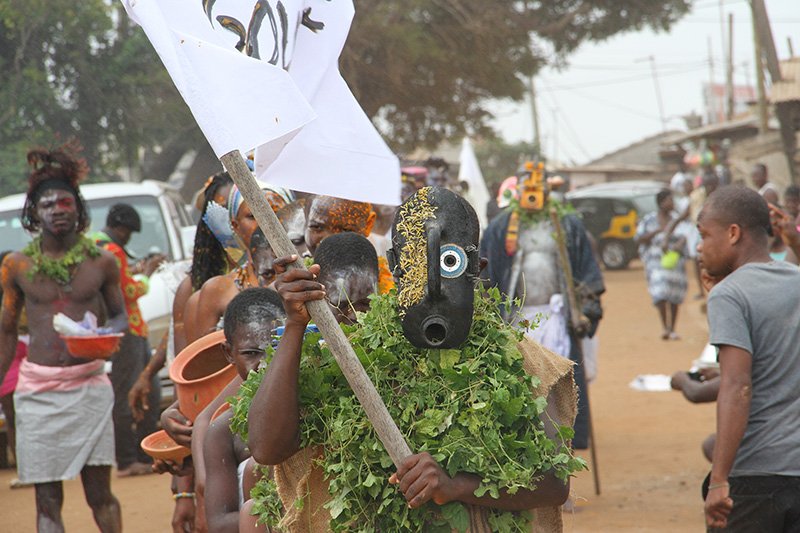
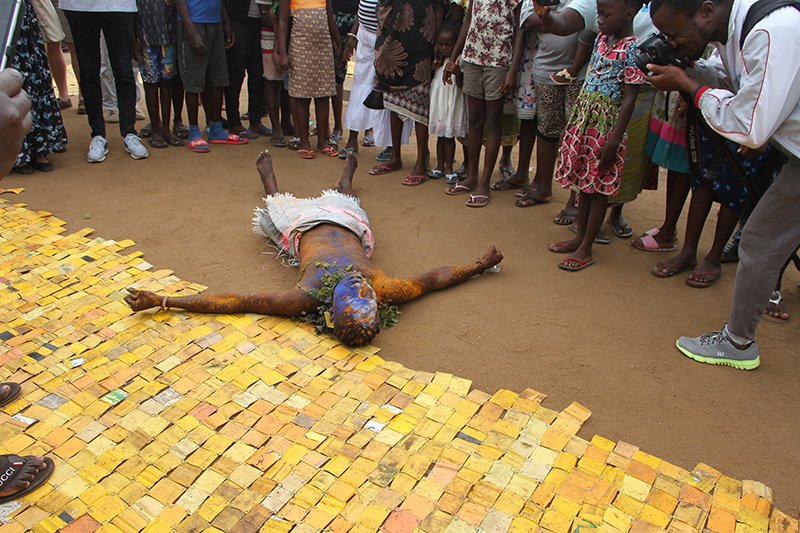









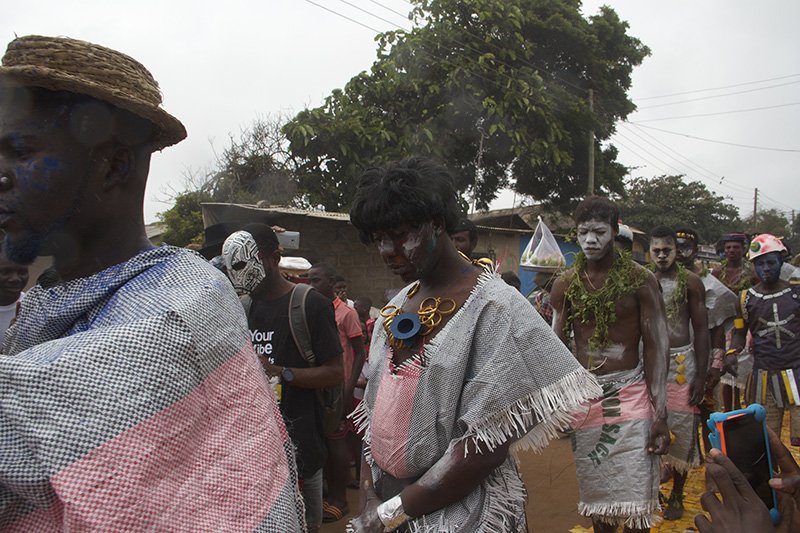











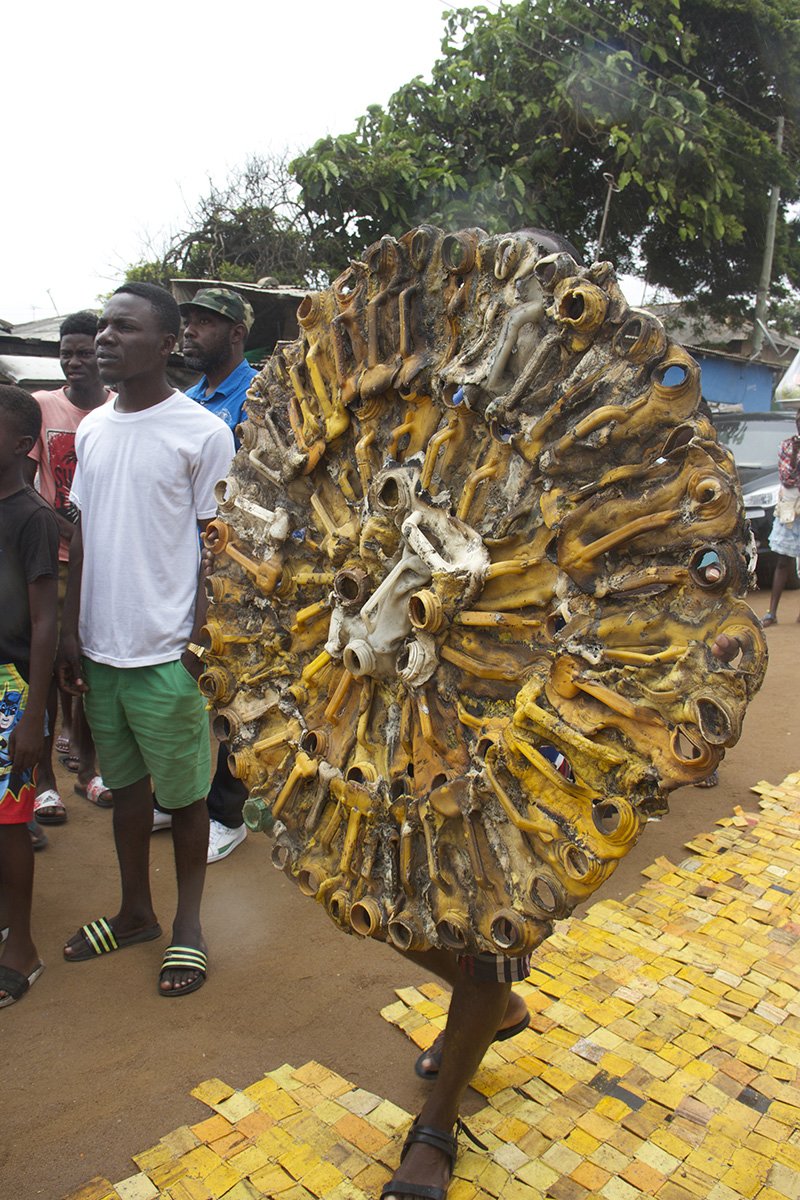
I was invited to speak at the Yale University symposium, Africa-China: Cultural Dimensions, at the Eduardo Mondlane University in Maputo, Mozambique in 2024. On this trip I photographed some of the murals in Unidade 7 in Maputo, which were created by the Maputo Street Art collective. The collective creates urban art as a form of social protest, and the artist who goes by the name Afroivan says that he “seeks to reaffirm the ideals of pan-African cultural self-determination and ideology”. All photographs by Ruth Simbao. Please do not use images without written permission.













